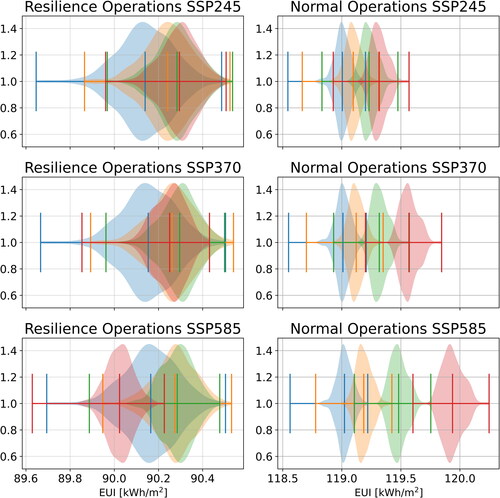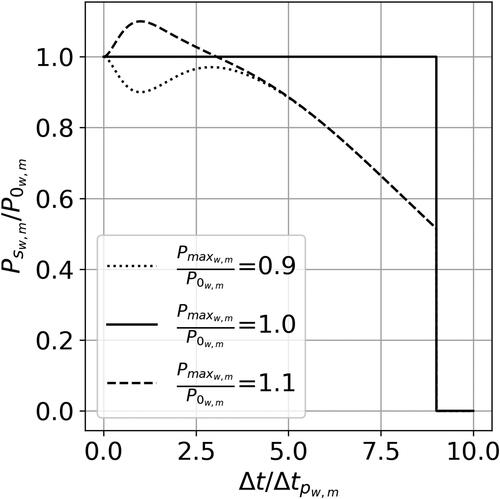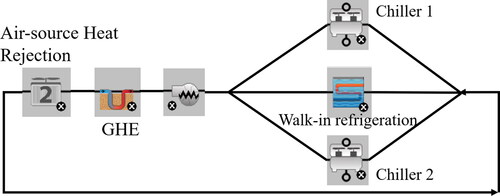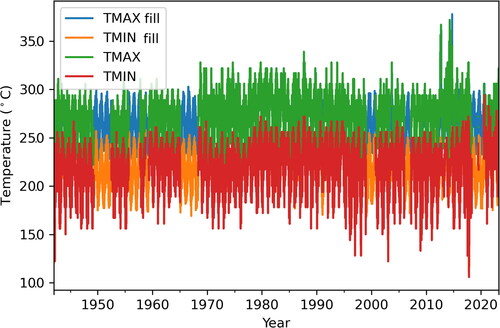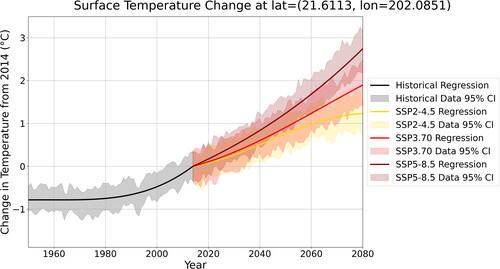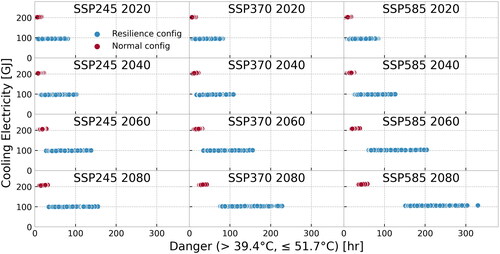Figures & data
Fig. 1. Overview of MEWS and BEM study process. Ovals portray analysis inputs and boxes indicate steps. The left-hand-side process is only executed once for historical fits, while the right-hand-side process is executed over SSP scenario, future year, HW FDI confidence interval, BEM model, and realization number.
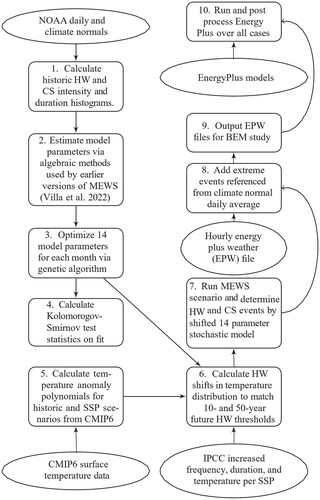
Table 1. IPCC HW intensity and frequency multiplying factors from Masson-Delmotte et al. (Citation2021, Figure SPM.6).
Fig. 3. Major locations and geology of Oahu, Hawaii, adapted from Dores and Lautze with permission (Dores and Lautze Citation2020).
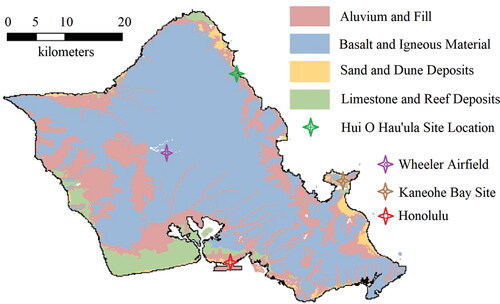
Table 2. KCRH design cases used to quantify energy efficiency.
Table 3. Differences between NormOps and ResOps.
Table 4. Changes added to Kane’ohe Bay TMYx 2004–2018 EPW file.
Table 5. NOAA data characteristics.
Fig. 4. KCRH in Hau’ula, HI, EnergyPlus model with three levels: (A) isometric view showing covered parking, (B) lower floor, (C) main entrance floor, and (D) upper floor. The design is by + Lab Architect PLLC (Azaroff Citation2023).

Table 6. Kolmogorov–Smirnov test statistics for MEWS Kane’ohe Bay fit.
Fig. 7. June MEWS fits to temperature (a) and duration (c) and shift and stretch for SSP 5–8.5 for 2080 and 95% HW CI (b).
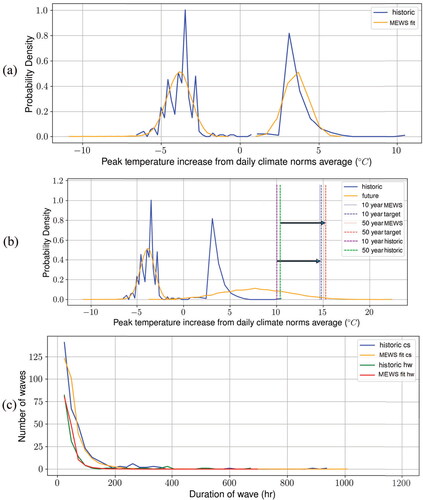
Table 7. CMIP6 polynomial coefficients = year − 2014.
Fig. 9. Statistical moments of dry-bulb temperature (°C) for 7,200 weather files. The x axis is °C or °C for all plots.
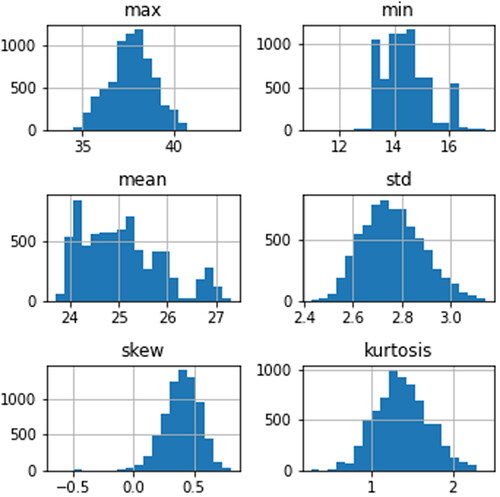
Table 8. EUI results for all four models.
Table 9. Hawai’i Energy Utility Benchmarking (HEUB) data (HEUB Citation2023).
Fig. 10. Average percent hours within four temperature ranges. C = caution, 32.2 °C < T ≤ 26.7 °C; D = danger, 32.2 °C < T ≤ 39.4 °C; EC = extreme caution, 39.2 °C < T ≤ 51.7 °C; ED = EXTREME Danger, T > 51.7 °C. Rows vary by SSP and columns by operation type.
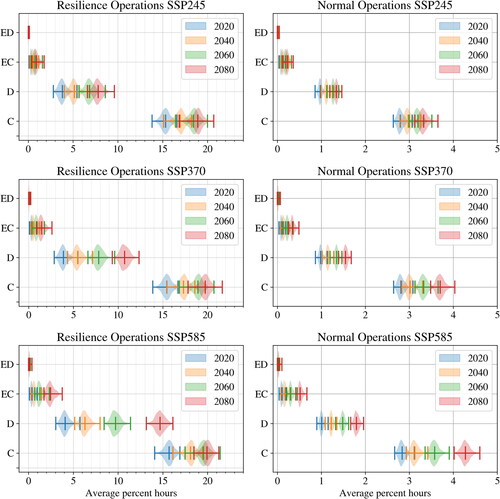
Fig. 11. EUI by operation mode, year, and SSP (colors according to legend in ). The y axis is probability density.
